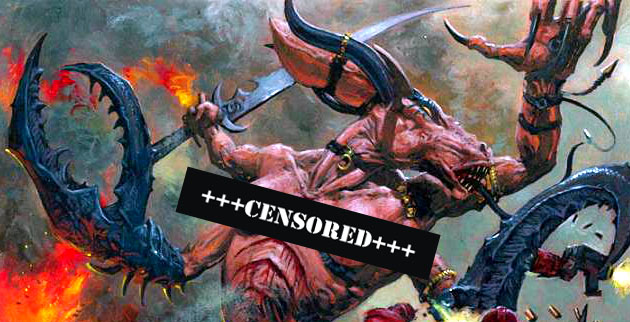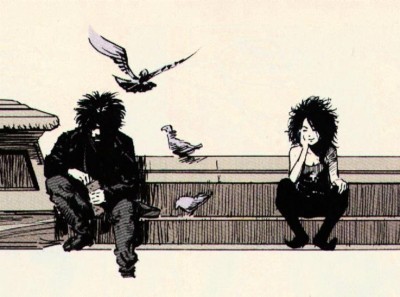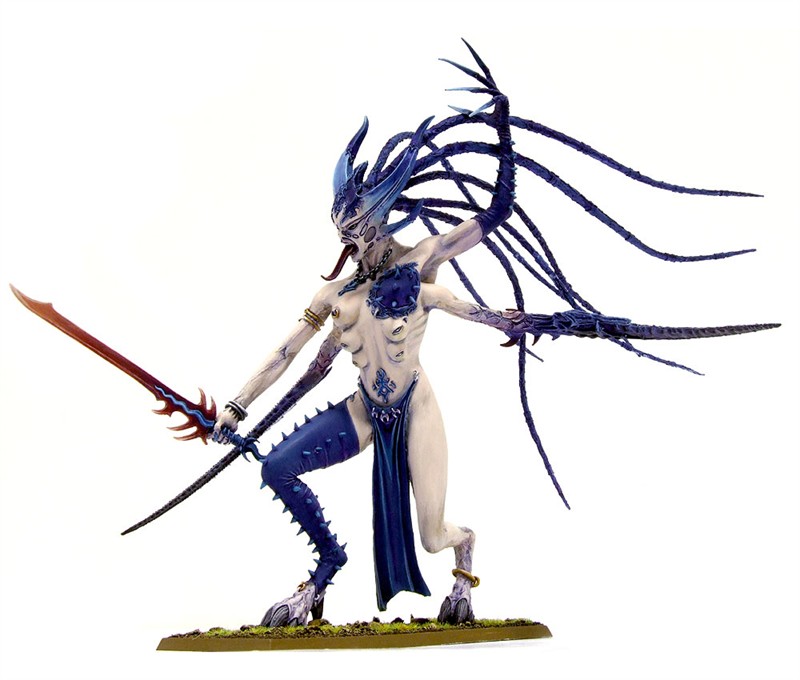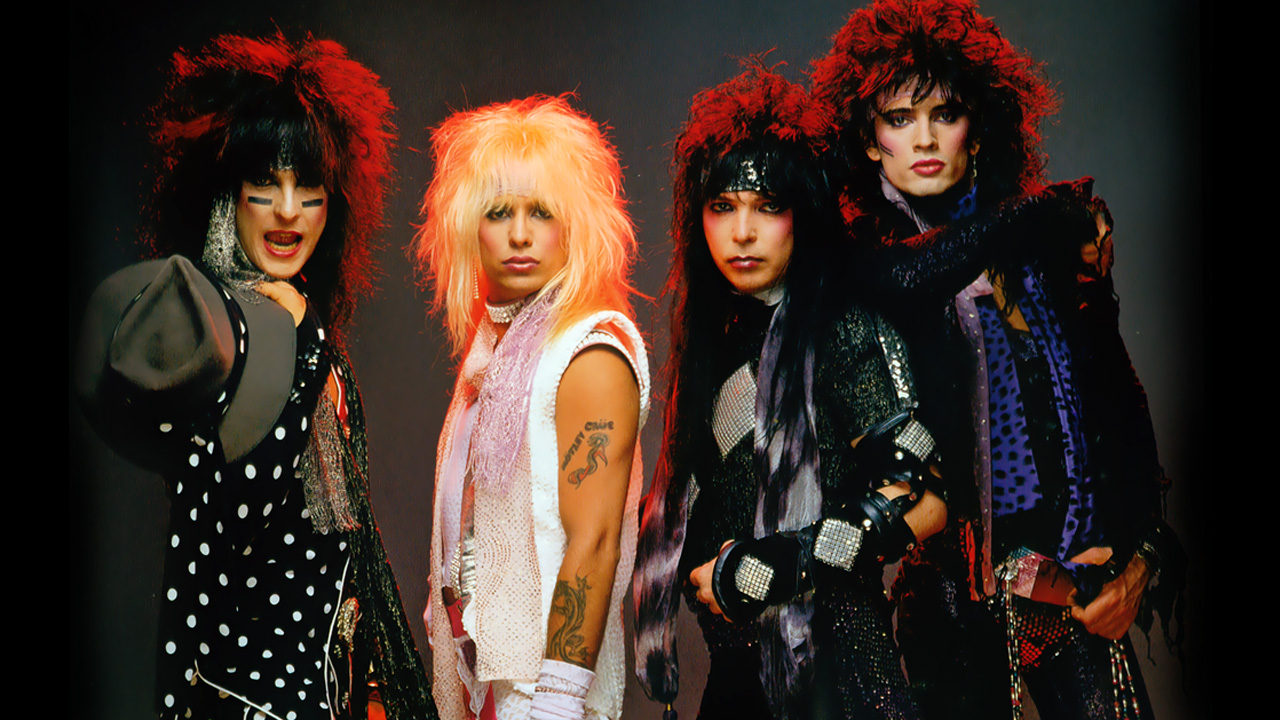On Maturity, 40K and Slaanesh


What does maturity mean in the Grimdark and will GW have to leave Slaanesh behind to grow up?
A guest column by BoLS Lounge alumni YorkNecromancer
’Hey, look at this. It’s called ‘Akira’… And it’s a cartoon. How can it be 15 certificate?’
I was in my teens when anime ‘first’ made its way to the UK. I say first, but honestly, we’d all grown up with ‘Dogtanian and the Three Muskehounds’ so any child of the 80’s who’d grown up with Philip Schofield and the Broom Cupboard already had a fairly solid idea about what it was. No, what I mean was that the very first ‘adult’ anime had made it to UK shores.
There were only two of them at first: weird-looking cartoons with names like ‘Akira’, and ‘Urotsukidoji’ that – for reasons my brother and I couldn’t wrap our heads around – had a 15 and an 18 certificate respectively. To say this blew our minds would be an understatement: how could a cartoon possibly qualify for anything higher than a PG?
Needless to say, rampant curiosity left me desperate to see them, but without the money or advancement in years and with the internet a distant future-dream, all I could do was look at the tiny pictures on the back of the VHS boxes… and wonder.
Now, these were the days when the UK had exactly four channels, and the idea that any of them would show these apparently hyper-violent sex cartoons from Japan? It was almost laughable.
Imagine my delight then, when Channel 4 began including anime on its Friday ‘Late License’ slot. Given that this was the same channel which used to show ‘The Word’, their willingness to show weird Japanese cartoons wasn’t a massive surprise.
Thus it was that the first anime I ever saw was called ‘Cyber City Oedo 808’. Sat there as the credits rolled on the very first 15-certificate cartoon I would ever see, I didn’t know what to expect…
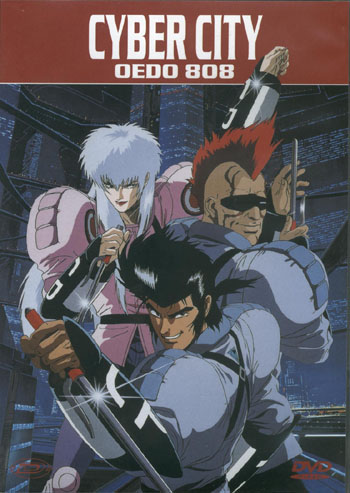
The two-thousands as pictured by the eighties, that’s what.
I was deeply underwhelmed. I mean, it was… kinda fun? But sweet mercy, it was just so dumb. Like, there are dumb shows, dumber shows, ‘The Big Bang Theory’, and then, this show. Honestly, it wasn’t all that different from any of the cartoons I’d grown up with as a child. The style of animation was long familiar from hallowed BBC childrens’ staples like ‘Dogtanian’, or maybe ‘Ulysses 31’ or ‘Lost Cities of Gold’, so it certainly wasn’t as new as I’d been promised. And sure, there’s a couple of supremely violent deaths, but mostly? It just sort of felt like the same sort of stuff I’d seen before. It was just… A kid’s cartoon. Nothing more. There was certainly nothing to really justify the ‘adult’ certificate.
Well, that’s not really true. There was one thing, and it was the only thing I’d noticed: the script.
Sweet merciful Athena, the script.
The Trappings of Adulthood
I don’t think I can name a script that uses curse words as much as ‘Cyber City Oedo 808’s.
Tarantino doesn’t swear as much.
At first, I was a little confused. Why all the foul language. But as the episode played out like a typical episode of ‘He-Man’, it wasn’t difficult to see what was going on. The cartoons were basically generic action stories with little to recommend them, which leaves the marketers a problem: how do you make that sort of thing stand out on the shelves? You could sell it to the kids, but it’s a bit too complex for them. You need to sell this to adults, but in the UK? Where cartoons are for kids? No chance. If there’s a ‘U’ certificate on the thing, no adult’s going to look at it twice. There’s no way to add more gore or nudity to get the rating up, so that leaves only one thing to do:
You’ve got to swear like a dogsh*t huffing, b*stard-loving, a**-gaping, p*ss-drinking, b*tch-a**, motherf**king f**k f**k f**kity f**k, that’s what you’ve got to do. Because as every f**k-nugget knows, the key to b*tch-p*ssing f**k-a** maturity is to well swear like you’re a manly motherf**ker.

Watching a whole episode is the intellectual equivalent of drinking this.
Thing is, adults don’t really swear all that much. I mean, some of us do, but bada** motherf**ckers like me are in the minority. That’s because the vast majority of people tend to find it at best, crude, and at worst, immature.
…Which is exactly how ‘Cybercity Oedo 808’ came off. The first episode features a generically hot-blooded protagonist; your typical poor man’s Snake Plissken. He swears in literally every sentence.
He sounds like he has brain damage, and doesn’t actually have the first idea about how to string an actual sentence together. The Han Solo/ Clint Eastwood rebellious hero archetype is an aspirational figure; this guy, on the other hand? He’s the sort of man who’d ask his mother is she could f**king well pass him the mother**king salt, and do it well now, please?
I’m sure the writers thought it made things much more serious – more adult, but it really, really didn’t. It made a generic action story into comedy gold. My mates and I couldn’t watch it with a straight face, which was probably not the intended effect.
The thing about maturity, is that it’s, well, mature. That’s a nebulous kind of concept to pin down, but to quote Wikipedia, it’s ‘the ability to respond to the environment in an appropriate manner. This response is generally learned rather than instinctive.’
Now, the key word there is ‘learned’. No matter how much a child might appear mature, they’re not, because they just don’t have the XP yet. They haven’t made those errors than enable them to modify their behaviours into more successful patterns. Instinct tells the immature person to run left; hard experience has taught the mature person that if they go right they’ll do better. Maturity is worldliness. It’s a series of behaviours, ones based on experiential learning and evolved responses.
Of course, children and the immature don’t see that, because they’re not mature themselves. They make a critical false assumption by equating ‘maturity’ with ‘adulthood’. From there, it’s a simple logical leap to associate maturity not with the ability to make better, more successful choices, but instead with the trappings of adulthood.
They miss the substance by grasping at the shadow.
In a textbook case of ‘monkey see, monkey do’, the immature assume that maturity is composed of all the things adults do that they can’t. Too young to drink alcohol? Drink alcohol: that means you’re a grown-up. Too young to have sex? Have sex: that means you’re an adult. Not allowed to swear? Swear all the motherf**king time, just like a big man.
This is the same line of logic that argues sticking feathers up your a** makes you a chicken.
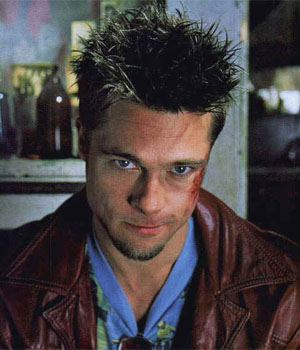
Yes, I’m aware the original quote uses the word ‘butt’ instead of a**, but I’m Doing Maturity here.
I frequently see teenagers smoking, in a desperate effort to look older than their years. They don’t look older than their years. They look young, and needy, and insecure, and desperately sad. Sticking feathers in you’re a** doesn’t make you a chicken, and copying the signifiers of maturity doesn’t make you mature.
Buying a house doesn’t make you mature; creating a home does. Having children doesn’t make you mature; raising them with unconditional love and equally unconditional boundaries does. Swearing doesn’t make you mature; knowing when and how to deploy your language for maximum impact does.
Mature Artworks
In the early 90’s, Marvel set up an imprint called Epic comics. They were the Marvel’s first real attempt at comics for adults, and they were, by and large, terrible. There were some good titles: Pat Mill’s first volume of his character ‘Marshall Law’ is a genuinely superb deconstruction of the 90’s antihero, somehow written before the trope even existed, and some of the ‘Hellraiser’ comics were pretty great.
The other 98% were just like ‘Cybercity Oedo 808’: excessive carnography, topless women and, of course, more rude words than you could shake a f**k-shaped stick at.
When Epic tanked, drowned in a sea of its own bad writing, DC stepped into the breach. Led by an astonishing woman named Karen Berger, DC’s Vertigo imprint succeeded far beyond where Epic did, because it did something genuinely revolutionary: it published comics that were actually mature. The most important of these was Neil Gaiman’s ‘Sandman’. Running the gamut of stories, from high fantasy to horror to science fiction and back, it’s an absolute masterpiece of a work, and if you haven’t read it, you should.
The first arc was a piece of faintly silly fantasy that didn’t quite work, but it did lead directly to issue 8, ‘The Sound of Her Wings’. The titular Sandman, having gone on a seven issue heroic quest to retrieve his lost artefacts of power, finds himself at a bit of a loss, and so spends the day hanging out with his big sister, Death.
Nothing ‘happens’.
Oh, people die, but there’s no real narrative to speak of. It’s not that kind of story; it’s about ennui, and the sense that a life without purpose might be no life at all. Over thirty pages, we see that sometimes Death is fair, and sometimes she’s not, but that fairness is, ultimately, an irrelevancy. She’s there for everyone, and the Sandman just watches her go about her day. In doing so, he finds himself revitalised at the thought of resuming his own duties.
This in one issue. Maybe even moreso than ‘Watchmen’ or ‘The Dark Knight Returns’, ‘Sandman’ was the first really, truly mainstream comic that was ‘mature’, because it left superheroics behind completely, and instead looked at ideas that younger people wouldn’t necessarily be able to grasp. Why not? Because immature people – like children – have very, very small emotional reference pools. Which is as it should be: how can you understand the world when you haven’t lived in it yet?
Maturity isn’t about the appearance of age and experience – it’s about an accretion of experiences that give a person a broader view of life. Truly mature artwork is mature because it’s emotionally real, not because it’s got tits and violence.
So how does this all relate to 40K?
Well, it’s obvious, isn’t it?
Slaanesh.
Slaanesh is how.
It Was Acceptable In The Eighties
One of the most difficult problems facing any long running narrative is how values change over time. Reed Richards is a kindly patrician in the 1960’s; those same comics read today make him come off like a borderline abusive spouse. Batman is a darkly gothic hero in the 90’s; in our modern era of sickening inequality, the idea of a billionaire beating up poor people becomes a little more difficult to cheer for. An Imperium made up of exclusively white men is pretty much par for the course in the 80’s, but as we progress through the second decade of the 21st century, it looks more and more backwards.
And then we come to Slaanesh.
Dear sweet merciful Zeus, what a can of worms Slaanesh is.
Pictured: maturity!
I mean, it’s easy to see where Slaanesh comes from, especially as Age of Sigmar has completed Warhammer’s journey to ‘Generic Eighties Heavy Metal Album Art: The Game’.
As every model gets so much more muscular, so much buffer, so much more tanned, so much more steeped in the GLORY OF CARNAGE all you need to do is look at the album art for bands like Manowar to see what’s going on.
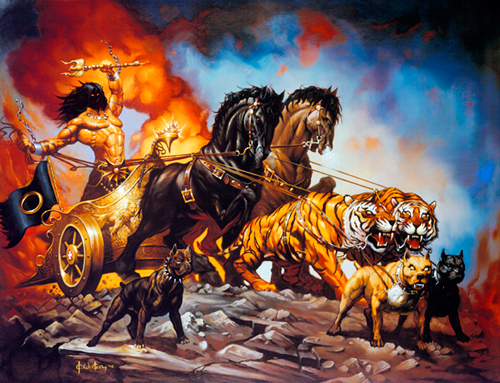
Seriously, just Google ‘Manowar Album Art’; you will not be disappointed.
The naysayers will probably rant about how AoS is the root of this, but that’s bollocks. ‘Warhammer’ has always been rooted in that very specific heavy metal counterculture of torn denim waistcoats, greasy mullets, bum fluff moustaches and band patches that infested the UK in the eighties. Cheesy album art was always a huge part of that culture, and so many of the aesthetic choices have pollinated the look of both Warhammer and 40K.
And what do heavy metal bands like more than muscled wrestlers wielding swords?
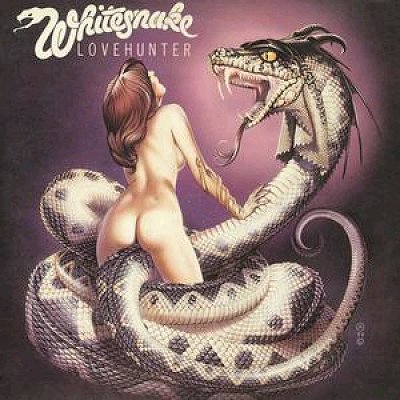
Subtle metaphor. They like subtle metaphor…
So obviously, when the nascent Ruinous Powers are being invented, they each tap into a different heavy metal idea. Khorne is every album cover of a generic red demon; Nurgle taps into people like ‘Cannibal Corpse’, what with their addiction to zombie imagery and rotting stuff; Tzeentch is the remnants of 60’s and 70’s psychedelia, where bands experimented with magickal imagery and Slaanesh… Slaneesh is the god of nekkid chicks. Because 90% of getting into a band is the nekkid chicks.
Thing is, a ‘god of pleasure’ sounds fine and all, but it’s actually a very difficult thing to pull off (no pun intended). In-universe, the Chaos gods are inherently corrupting, and when you mix that with ‘pleasure’ what happens is you get all kinds of Unfortunate Implications. If the god of pleasure is a corrupting power, then any pleasure is potentially corrupting. Sex becomes, by its nature, morally dangerous… which is only a short hop, skip and jump to things like slut-shaming, homophobia, transphobia… And that’s before we even get to ideas like drugs, which, again, is a very dangerous area to look at. Issues relating to addiction require huge nuance, because these are real-world issues that have real-world consequences.
Now, I’m not going to get caught up in a discussion of drugs or sex here; the only point I’m making is that these are by nature, sensitive issues: they’re ones that require maturity to discuss, confront, or represent successfully… Which is why I think that maybe they’re ones that are perhaps not best explored through the medium of tabletop wargaming.
For me, wargaming is a fun little game of plastic soldiers. I roll dice, I make pew pew noises, I smile with my friends as we salute the Emperor.
Ideas regarding the pursuits of dangerous pleasures are absolutely worth discussing, well worth telling stories about… But those stories require incredible maturity to avoid selling people’s humanity short, and Warhammer 40,000 isn’t really the place for that.
Not to mention, it’s a tabletop wargame that by financial necessity, needs to be aimed at children as well as adults. A faction where you can legitimately joke about how they main pure heroin into the bulbous veins of a noise marines leathebound nine-inches really isn’t appropriate in a game that has always marketed itself at the young. Certainly not enough to justify their inclusion, which is why I think it makes sense to slowly pull the limelight from Slaanesh.
Not to mention the deeply regressive imagery of ‘seductive Daemonettes’. And that’s before we even mention the clear homophobic/horribly transphobic stuff that’s going on there as well. Ultimately, a lot of Slaanesh’s stuff, while potentially cool, is clearly going to alienate a lot of potential customers, and I’m not just talking about women here. Plenty of guys I know scoff at GW because of the Daemonette nonsense.
So I can see why GW is scaling back Slaanesh where possibly. Exactly like the excessive swearing in ‘Cybercity Oedo 808’, it fails because it fundamentally misunderstands what maturity is. Even taken on its own ‘trying to be disturbing’ terms, Slaanesh isn’t sexy, or seductive, or – most importantly – ‘mature’ at all. What Slaanesh is? Is a collection of embarrassing ideas about sex and sexuality written by a person who’s never experienced any flavour of ice-cream other than vanilla, and who isn’t really interested in understanding the ideas they’re discussing, just describing some weird personal fantasy.
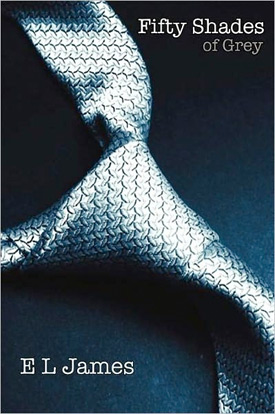
For when your Ruinous Power doesn’t make love; it f**ks.
Actual Maturity
Maturity is the ability to respond to the environment in an appropriate manner. This response is generally learned rather than instinctive. The outdated ideas about sex and sexuality – and they are outdated – that Slaanesh represents are simply not appropriate for the game any more. They’re not appropriate for younger gamers; they’re insulting to women, to trans and intersex people, as well as to any man whose sexuality extends beyond five quick pumps whilst thinking of England. The mature response would be to acknowledge this, and avoid the instinct to avoid change. Change terrifies people, especially members of the geek community, who loathe retcons with a passion that could eclipse suns.

If they want to run for cover they could always hide here, in Slaanesh’s Fortress Of Unbridled Lust.
But, in my opinion, Slaanesh shouldn’t be part of things as they are. So how could we deal with this?
Well, contrary to what you might think, I don’t actually believe we should Squat it. For better or worse, Slaanesh is a longstanding part of things, and it’s would be simply unfair to those gamers who’ve got Slaanesh armies. As well as this, 40K isn’t just a wargame any more; Fantasy Flight Games’ excellent lines of tabletop RPGs enable the discussion of some very mature themes, especially in more investigation-based games like ‘Dark Heresy’. A Slaanesh cult could be an intriguing way for an appropriately mature group of gamers to look at all kinds of ideas to do with the aforementioned sex, sexuality and other adult issues.
So what to do? Well, in my opinion, the best solution would be to ‘retire’ Slaanesh as a GW-produced faction and make the army Forge World’s property. If you’ve not read any of FW’s books, I can attest that they have demonstrated time and again that they can do nuance. Not to mention, FW’s models are NOT targeted at children, but explicitly as adult collectors, meaning it’s possible to completely ignore that issue of inappropriateness. GW as a company can completely take advantage of this, having its cake and eating it, and they should. Obviously, this does nothing to overcome the inherent problems of sexist models, or the deeply embedded homophobic and transphobic imagery, but that’s something which can be looked at over time in Black Library books, Forge World supplements, and FFG RPG supplements.
Slaanesh has already been replaced by the Horned Rat in AoS, which clearly shows it can be done in 40K too. To be honest, this is the ideal opportunity to do something exciting and new for Chaos players, giving them a whole new Chaos power to deal with. They could bring back Malal, or they could choose something else to fill the gap more naturally. Either way, it would be a step towards turning 40K into an actual, truly mature environment, and that can only be a good thing.

